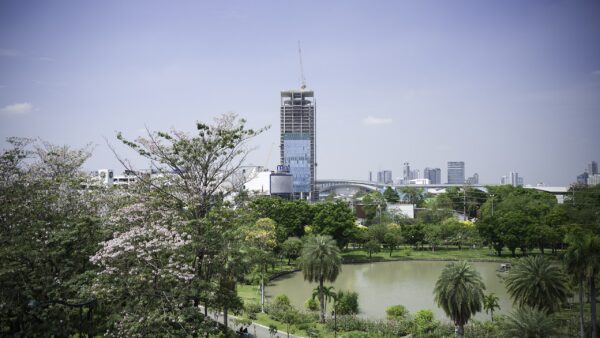UK-headquartered engineering consultant Mott MacDonald has been picked to study the technical feasibility of a major infrastructure scheme in Vancouver, Canada: a high-capacity fixed-link transit crossing over the Burrard Inlet.
Politicians believe such a link is needed to ease traffic congestion building up between Vancouver and the growing cities on the inlet’s North Shore, including West Vancouver and North Vancouver.
Urbanisation there has historically followed a single-family dwelling model with the car assumed as the dominant mode of transport. But as the cities have grown, congestion has increased on the inlet’s two road bridges, including the famous Lion’s Gate Bridge.
“Traffic is a significant problem for people on the North Shore and finding solutions is important to our government,” said Claire Trevena, Minister of Transportation and Infrastructure for the province of British Columbia (BC). “This feasibility study will explore ways to connect our communities better, shorten commute times and cut down on carbon pollution.”
Expected to finish in 2020, Mott MacDonald’s study will be undertaken in two stages.
The first will look at possible options for a new fixed link considering topography, geotechnical and structural aspects, as well as its cost and ridership projections. Out of this will emerge a short list of alignment options for the link.
The second stage would provide a more detailed engineering and planning review of the short-listed options. Affordable housing will also be evaluated.
“Years of hikes in housing costs have forced people to live further from where they work, resulting in longer commutes and traffic congestion issues,” said Bowinn Ma, a local member of BC’s legislative assembly and chair of a transportation planning committee.
Mary-Ann Booth, mayor of West Vancouver, said: “A fixed link for rapid transit will take years to implement, so we need to start thinking about it now.”
Image: Vancouver’s Burrard Inlet, with its two existing road bridges including the Lion’s Gate Bridge in the distance (Flying Penguin/CC BY-SA 3.0)










